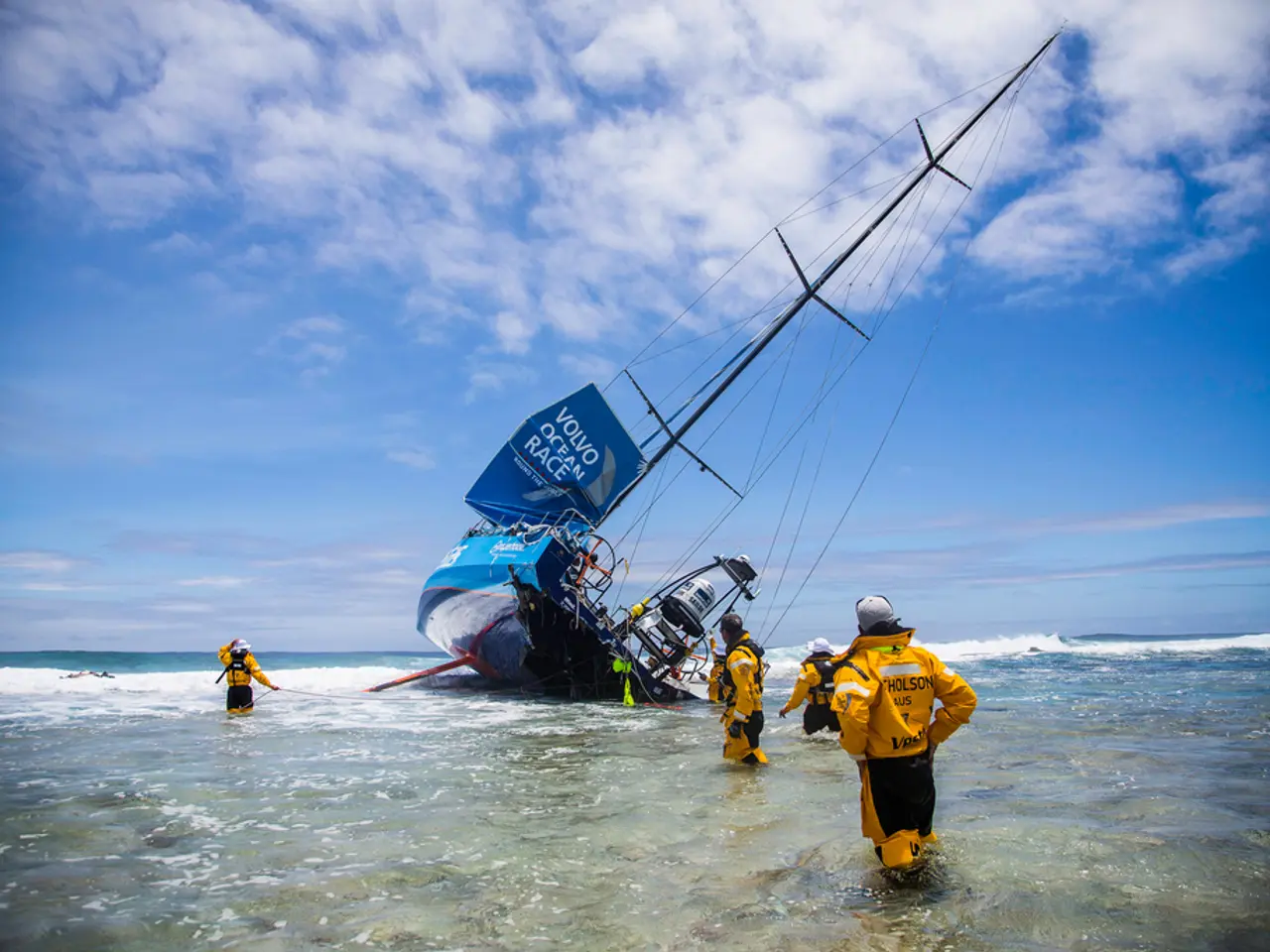Investigating Malawi's Possible Fortune from Precious Gems
In the heart of Malawi, often referred to as 'The Warm Heart of Africa', lies the Chimwadzulu Hill sapphire and ruby mine. This mine, situated within the gemstone-rich Mozambique Belt, has the potential to significantly contribute to Malawi's national development and economic diversification.
The mine, which produces high-quality sapphires and rubies, presents an opportunity for Malawi to tap into lucrative international markets and diversify its mineral exports beyond agriculture and a few commodities. Key stakeholders, including the Gem Association of Malawi (GAM), Malawi Women Miners Association (MAWIMA), Nyala Mines Ltd, and Columbia Gem House, are working together to formalise, regulate, and add value to the gemstone sector.
GAM and MAWIMA are instrumental in organising artisanal and small-scale miners, promoting fair trade practices, enhancing miners' skills, and boosting income generation. On the other hand, Nyala Mines Ltd and Columbia Gem House engage in commercial mining and gem cutting, adding value domestically rather than exporting rough stones. This value addition increases local employment and export revenues.
However, the gemstone sector faces challenges. Malawi enforces bans on gemstone exports to combat undervaluation and tax losses, but this has led to smuggling, restricting formal market growth and investment. Overcoming regulatory and informal trade barriers is crucial for sustainable development of the gemstone mining industry.
By formalizing the sector, improving transparency, and investing in value addition, Malawi could see improved livelihoods for artisanal miners, increased government revenues through royalties and taxes, and broader economic development through linkages with tourism, jewelry manufacturing, and export businesses.
Recently, Columbia Gem House, a partner of previous owners, reaffirmed their commitment to cut and market the stones from Chimwadzulu Hill. For Malawian gemstones to achieve economic opportunity for Malawians, the Malawian government needs to implement value-addition strategies that keep more rough material in-country for cutting and fashioning.
Two companies, Nyala Mines Ltd and Columbia Gem House, are working together to bring Malawi's gemstones to the attention of the world market. Hellen Chasowa, regional chairperson south for Malawi's Women in Mining Association (MAWIMA), states that MAWIMA's members would like to add value to the stones they are mining to increase their incomes and develop sustainable livelihoods.
For the gemstone industry to grow, develop, and provide long-lasting economic benefits, skills training at all stages of the value chain - mining, valuation, lapidary, and marketing - is needed. The current plant at Chimwadzulu Hill processes 30 tonnes of ore per day, and Mr. Mahomed aims to increase production to 1,000 tonnes per day. This increase in production could potentially expose the primary source of corundum believed to lie below the overlying secondary deposits at Chimwadzulu Hill.
The GAM was re-energised in 2015 with funding from the World Bank's 'Mining Governance and Growth Support Project'. Malawi, with its rich gemstone resources and supportive institutions, stands on the brink of unlocking its full gemstone sector potential for prosperity and development. While specific data on production volumes or revenues from Chimwadzulu Hill sapphire and ruby mining is limited, the broader narrative indicates a promising opportunity constrained by governance and market issues. Successful institutional collaboration, improved regulation, and international partnerships are essential to unlock this potential.
Membership with the Gem Association of Malawi (GAM) could provide artisanal miners with training and resources needed for skills development in all stages of the value chain, from mining to marketing.
The Malawian government could consider offering courses or workshops on gemmology to enhance miners' understanding of gemstones and increase their ability to value and market their finds effectively.
Publications, such as reports and studies on Malawi's gemstone sector and its potential for economic development, could attract investment from sports teams or celebrities looking to make an impact in sustainable development projects.







